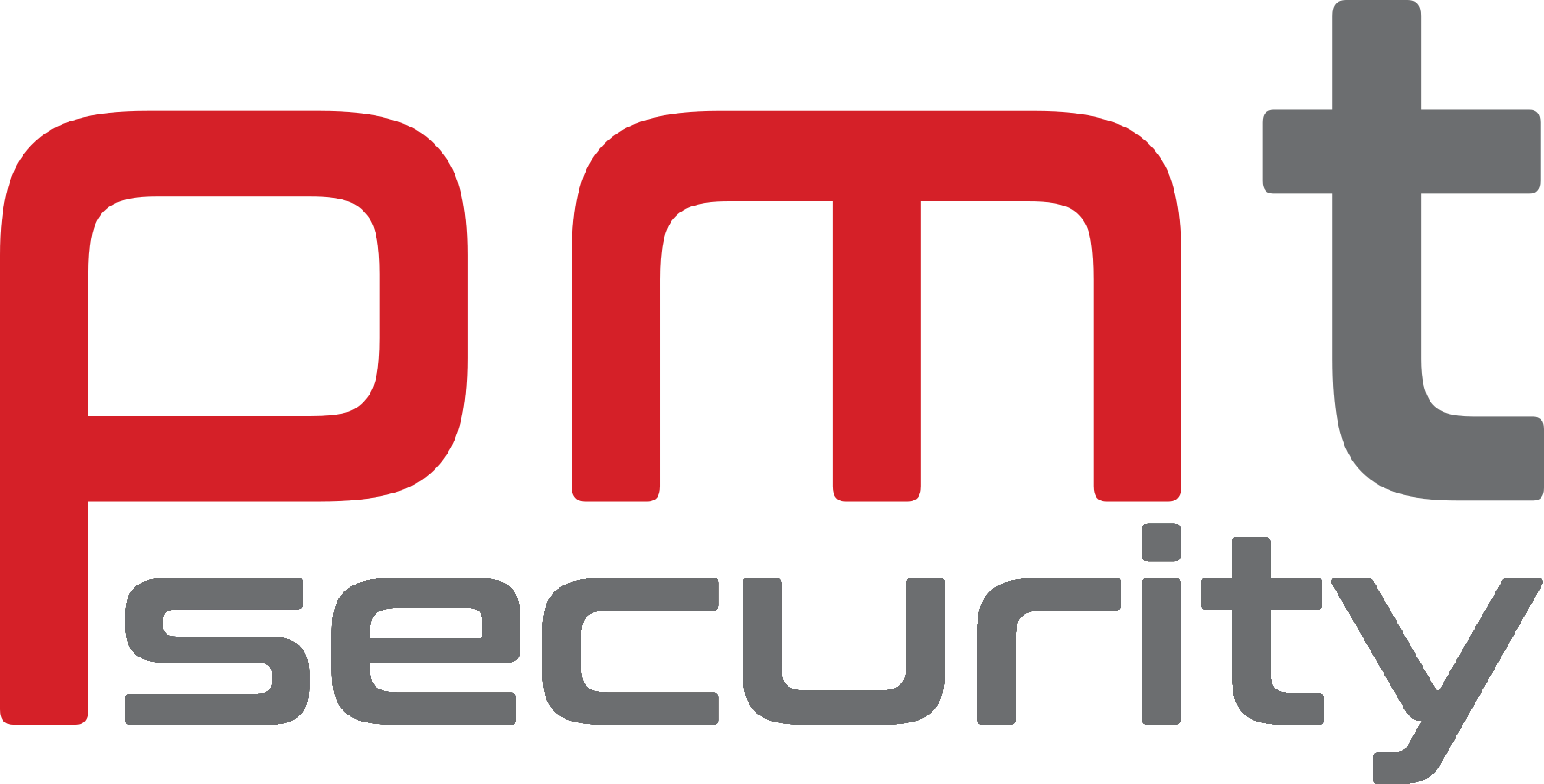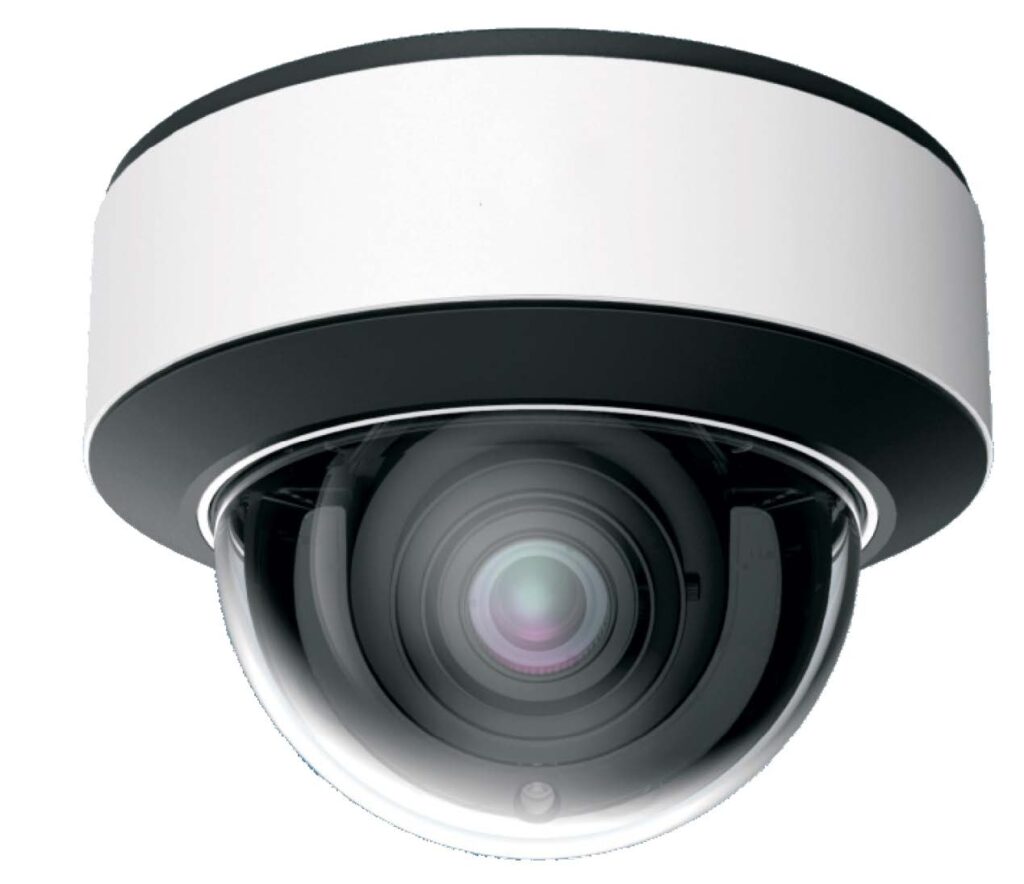Bullet Security Cameras Verses Turret Security Cameras
When comparing bullet security cameras to turret security cameras, there are a few key differences to consider.
Here’s a comparison of the two security cameras:
Bullet Cameras:
1. Design and Installation:
Bullet cameras have a cylindrical shape with a long, narrow housing. They are typically installed on walls or ceilings using a mounting bracket. Their design makes them more noticeable and less discreet compared to turret cameras.
2. Long Range and Directional Adjustment:
Bullet cameras are known for their long-range capabilities. They often have a fixed lens with a narrow field of view, allowing for a more focused and targeted surveillance. Some bullet cameras may also have adjustable varifocal lenses, enabling users to manually adjust the zoom and focus.
3. Weather Resistance:
Bullet cameras are designed to be weather-resistant and suitable for both indoor and outdoor use. They often come with an IP (Ingress Protection) rating, indicating their level of protection against dust and moisture. This makes them a popular choice for outdoor surveillance in various environmental conditions.
4. Limited Pan and Tilt:
Bullet cameras typically have a fixed viewing angle. They do not offer the same degree of pan and tilt as turret cameras, which can limit their ability to cover larger areas or adjust the camera angle remotely.
Turret Cameras:
1. Design and Aesthetics:
Turret cameras, also known as eyeball cameras or mini dome cameras, have a compact and spherical design. They are more discreet and visually appealing compared to bullet cameras. Their design allows for easy installation on walls or ceilings, and they can blend seamlessly into different environments.
2. Versatility and Wide Coverage:
Turret cameras offer a wider range of motion compared to bullet cameras. They can tilt and pan, providing a greater coverage area and flexibility in monitoring. Some turret cameras also come with motorized zoom lenses, allowing for remote adjustment of the zoom level.
3. Reduced IR Reflection and Glare:
Turret cameras have a separate housing for the lens and IR illuminators. This design minimizes the risk of IR reflection and glare, ensuring clearer images during nighttime or low-light conditions. In contrast, bullet cameras with built-in IR LEDs around the lens may be more susceptible to such issues.
4. Easy Maintenance:
Turret cameras typically have a separate dome cover that can be easily removed for maintenance or cleaning. This makes it convenient to access and maintain the camera lens without disassembling the entire unit. In contrast, bullet cameras may require more effort for lens cleaning or maintenance.
The choice between bullet security cameras and turret security camera depends on your specific surveillance needs. Bullet cameras are often favored for their long-range capabilities and directional adjustment, while turret cameras offer versatility, aesthetics, and easier maintenance. Consider factors such as the desired field of view, installation requirements, and environmental conditions when selecting the most suitable camera for your security application.
Our Available Bullet & Turret Security Cameras
Bullet Security Cameras
Contact Us
PM Tronics Inc. is here to help, contact us directly by phone,






